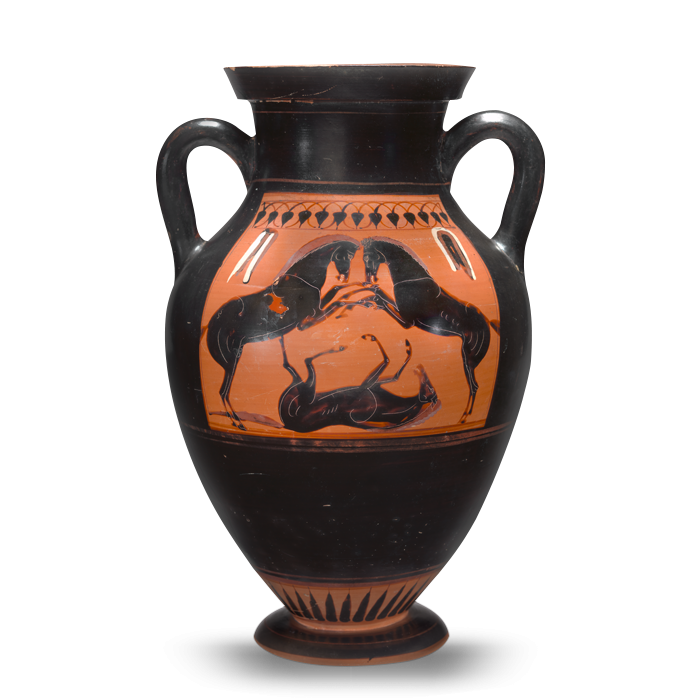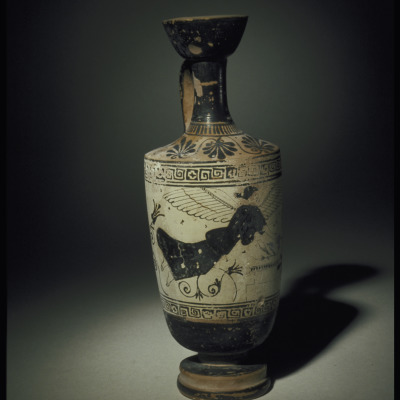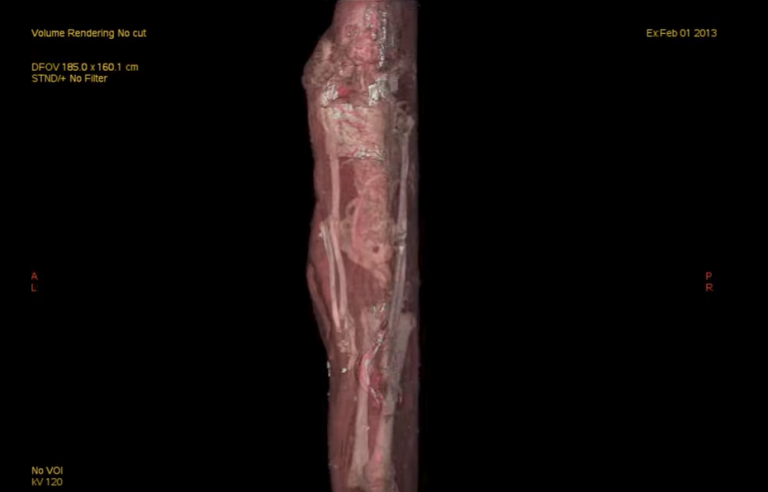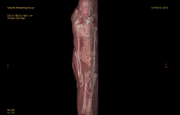Mythology
Myths – are stories people tell to explain the world around them, from natural occurrences to the activities of the gods, the structures of their society and norms of behavior. There could be countless versions of a myth, each of which is equally true. In ancient Mediterranean cultures, myths were the primary means by which poets and artists worked out their most profound thoughts; in doing so, they laid the foundation for ancient religion, literature, figurative art, philosophy, and science.
See More







































